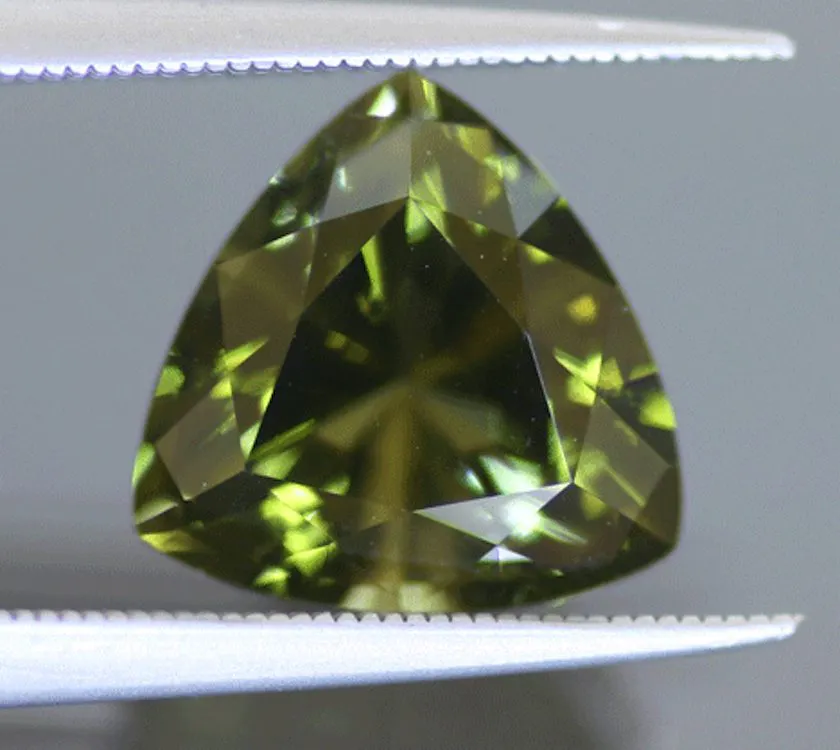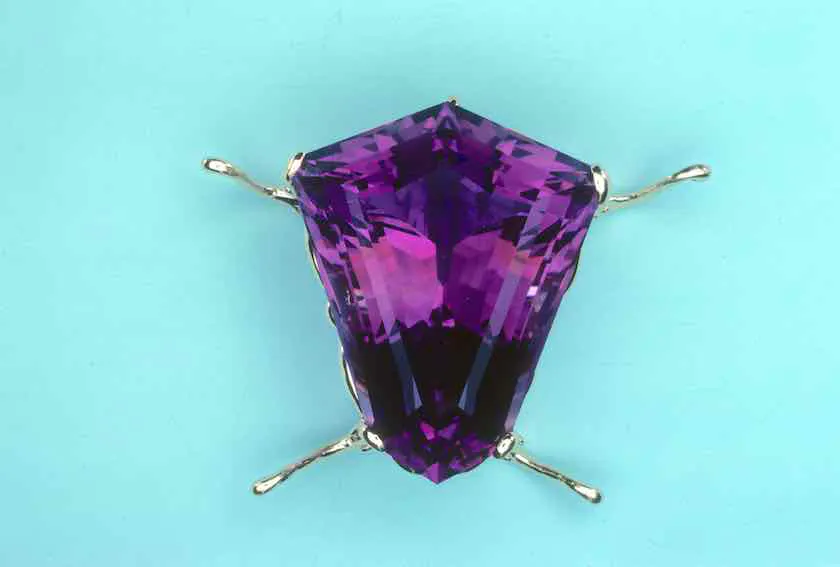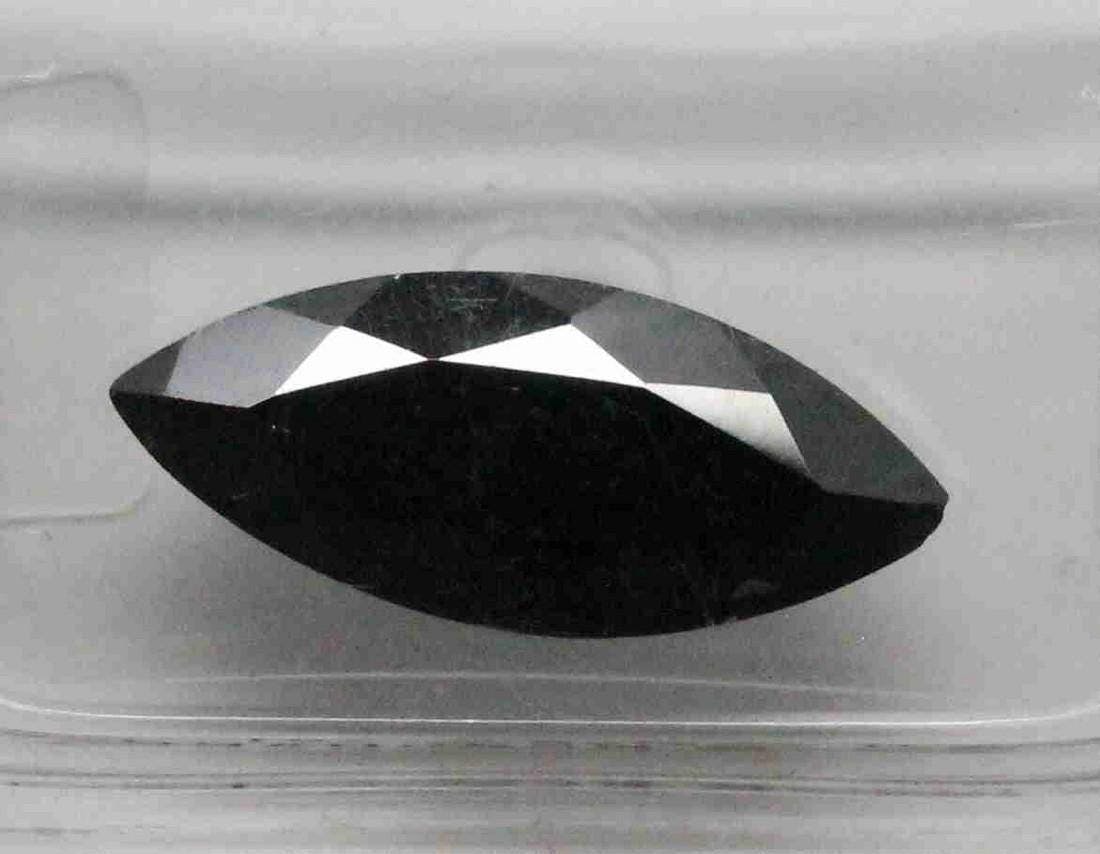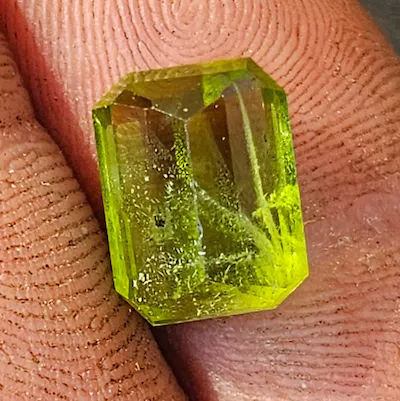Information about Ruby, News
Fine-quality rubies: Exquisite and Expensive Gemstones
In the realm of exquisite and valuable gemstones, fine-quality rubies hold a distinguished position. Renowned for their exceptional durability, rubies have entranced jewelry enthusiasts for centuries. Their vibrant red hue, coupled with deep historical and cultural significance, has made them synonymous with wealth and power. However, the price range for rubies can vary significantly, with some commanding record prices exceeding $1,000,000 per carat. Factors such as size, color, origin, and treatment play pivotal roles in determining a ruby’s value. For Burma rubies, in particular, origin and lack of treatment are crucial, often validated through certification to authenticate their authenticity. Heat-treated rubies offer diverse options, showcasing a spectrum of captivating colors. Alternatively, ruby carvings utilize lower-quality ruby rough to craft intricate designs. Identifying the origin and authenticity of a ruby involves considering characteristics such as color, fluorescence, asterism, and inclusions. However, it’s essential to note the existence of synthetic rubies, created using various methods, often requiring professional expertise to differentiate from natural ones. These gemstones are frequently enhanced through heat treatments to improve their clarity and color.
With a history steeped in richness and an allure that continues to captivate, fine-quality rubies persist in fascinating jewelry enthusiasts, maintaining their position at the pinnacle of the gemstone world. Explore the world of rubies at Melogems, where each stone tells a unique story of beauty and elegance.
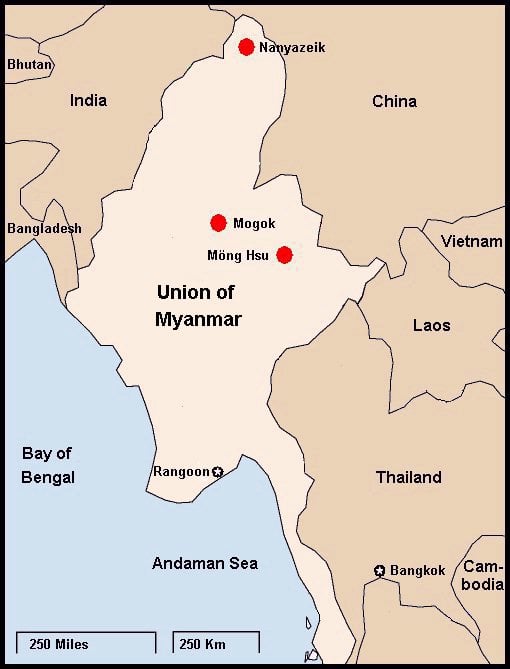
Origin and Certification
Certification importance for Burma rubies
Burma, now known as Myanmar, is renowned for its high-quality rubies. The country’s rubies are highly valued due to their exceptional color and clarity. However, with the increasing demand for rubies, the market has been flooded with imitations and treated stones. Certification plays a crucial role in determining the authenticity and quality of Burma rubies. A reputable gemological laboratory will issue a certificate that verifies the origin of the ruby and confirms whether it has undergone any treatments or enhancements.
Determining origin through color and fluorescence
The origin of a ruby can significantly affect its value and desirability. Burma rubies are known for their vibrant, pigeon blood red color, which is considered the most sought-after hue. Gemologists often rely on visual inspections and spectral analysis to determine the origin of a ruby. The presence of certain trace elements and a distinct fluorescence pattern can be indications of a ruby’s origin.
Identifying unheated rubies
Unheated rubies, also referred to as “natural rubies,” are incredibly rare and command a higher price in the market. These rubies have not undergone any heat treatment or enhancement processes, allowing them to retain their natural color and clarity. Gemologists use advanced technology, such as infrared spectroscopy and microscopic analysis, to detect signs of heating. The absence of heat treatment is a crucial factor in determining the authenticity and value of a ruby.
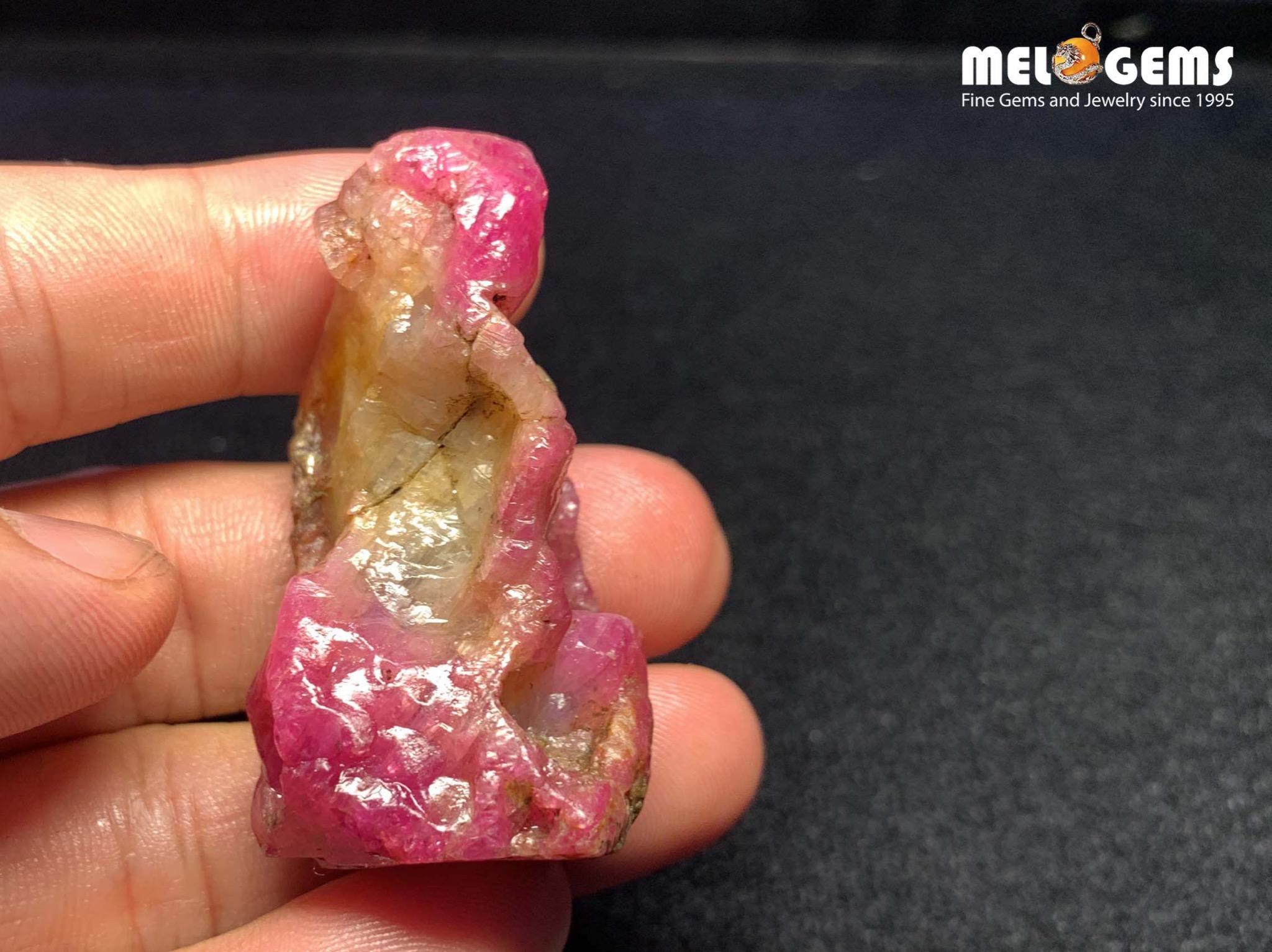
Factors Affecting Ruby Prices
Size and Carat Weight
Ruby prices are heavily influenced by their size and carat weight. Larger rubies are generally more valuable, as they are rare and in high demand. The price per carat typically increases exponentially as the size of the ruby increases. However, the price also depends on the overall quality of the stone, including its color, clarity, and origin.
Color and Hue
The color of a ruby is one of the most critical factors in determining its value. Fine-quality rubies display a rich, vibrant red color, often referred to as “pigeon blood red.” Rubies with a purplish or brownish hue are generally considered less desirable. The intensity, saturation, and hue of the red color play a significant role in determining the value of a ruby.
Origin
The origin of a ruby can greatly impact its price. Rubies from high-quality sources, such as Myanmar (Burma), Madagascar, and Mozambique, are highly sought-after and command higher prices. These rubies are known for their exceptional color and clarity. Conversely, rubies from lesser-known sources may be more affordable but may lack the desirable characteristics found in premium origins.
Treatment and Enhancement
The treatment and enhancement of rubies can significantly affect their price. Heat treatment is a common practice in the ruby industry to improve the clarity and color of the stone. Heat-treated rubies are generally more affordable compared to unheated ones. However, it is crucial to disclose any treatments or enhancements to potential buyers, as the transparency and integrity of the seller are highly valued in the gemstone market.
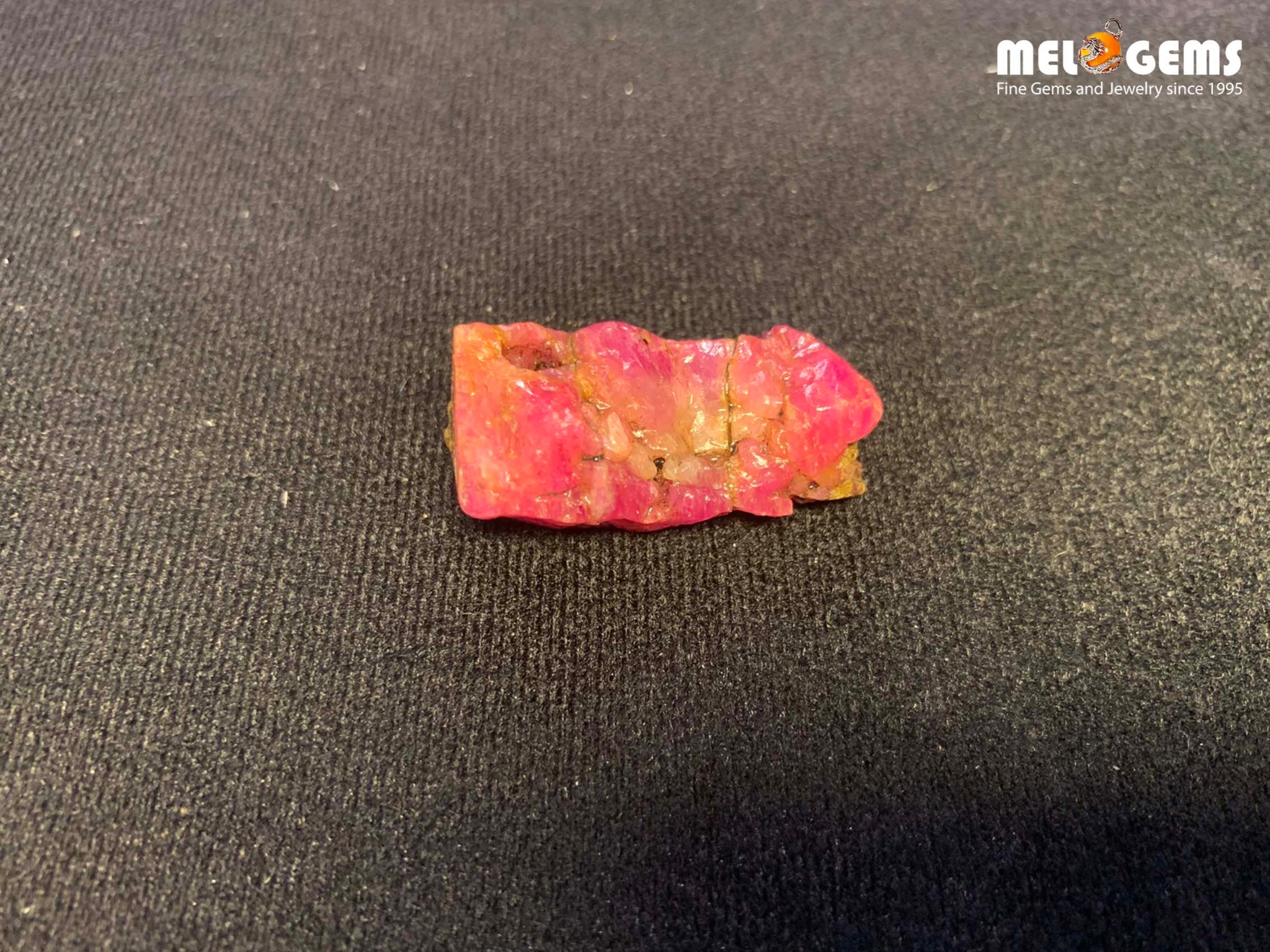
Heat-Treated Rubies
Variations in color due to heat treatment
Heat treatment of rubies can result in significant changes in their color. Heating can intensify the red color, remove undesired undertones, and improve the overall clarity of the stone. The color of a heat-treated ruby may range from a deep red to a vibrant pinkish-red. While the treated stones may be visually appealing, it is important to note that their color is not completely natural.
Price ranges for heat-treated rubies
Heat-treated rubies are generally more affordable compared to unheated rubies. However, the price range for heat-treated rubies can vary depending on factors such as size, color, and origin. Rubies with a more desirable hue and higher carat weight will be on the higher end of the price spectrum, even if they have undergone heat treatment. It is essential to consider all aspects of a heat-treated ruby when assessing its value.
Identifying heat-treated rubies
Identifying heat-treated rubies can be challenging without specialized knowledge and equipment. However, gemologists use various methods to detect signs of heat treatment. Microscopic analysis, visual inspection, and spectroscopic techniques can reveal characteristic features that indicate the presence of heat treatment. It is crucial to consult with a reputable gemological laboratory or expert to ensure the accurate identification of heat-treated rubies.

Ruby Carvings
Using low-quality ruby rough
Ruby carvings are a unique form of art that showcases the beauty and versatility of this precious gemstone. Carvers often utilize low-quality ruby rough that may not meet the standards for faceted gemstone production. By carving intricate designs and sculptures, craftsmen can transform these lesser-grade rubies into visually appealing and valuable pieces of jewelry or decorative items.
Value of ruby carvings
The value of a ruby carving is determined by various factors, including the skill of the carver, the intricacy of the design, and the quality of the ruby used. While carvings may not command the same prices as high-quality faceted rubies, they are still highly valued for their craftsmanship and artistic appeal. Collectors and enthusiasts appreciate the unique beauty and craftsmanship of ruby carvings, making them desirable additions to any collection.
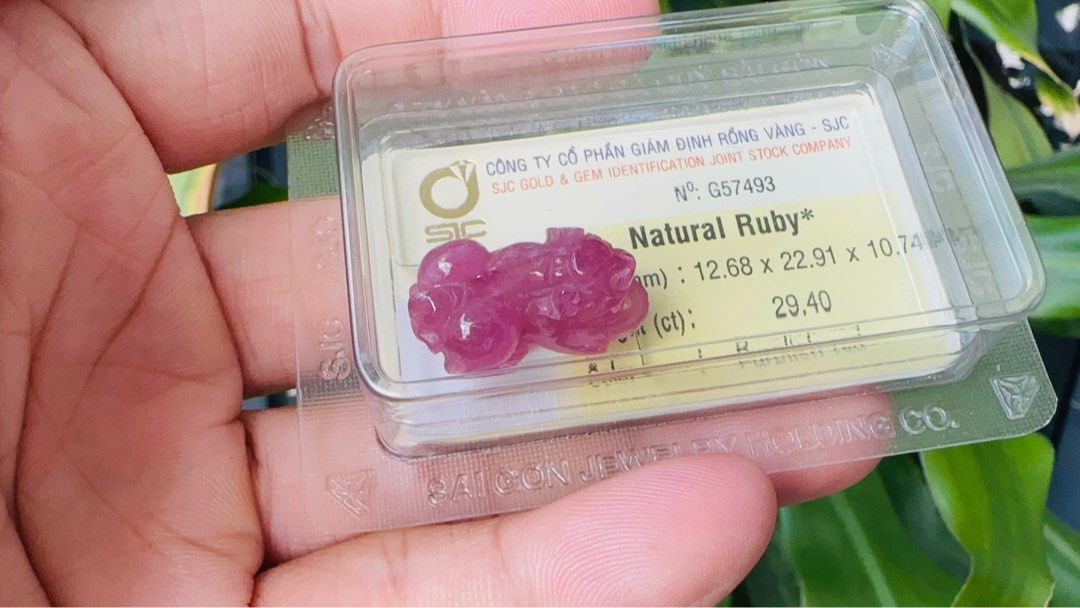
Historical and Cultural Significance
Symbolism of rubies
Rubies have symbolized love, passion, and power throughout history and across cultures. Their captivating red color has been associated with vitality, strength, and courage. Rubies have been revered as a symbol of protection and prosperity, often worn by royalty and nobility for their supposed mystical properties. The symbolism and allure of rubies continue to captivate people to this day.
Association with wealth and power
Throughout history, rubies have been synonymous with wealth and power. Nobles and royalty adorned themselves with rubies, considering them a reflection of their status and influence. The mesmerizing beauty and rarity of rubies made them the gemstone of choice for those seeking to display their wealth and opulence. Even today, rubies are often associated with luxury and prestige.
Famous rubies in history
Over the centuries, various rubies have gained fame and recognition for their beauty and historical significance. One of the most famous rubies is the “Sunrise Ruby,” a Burmese ruby weighing 25.59 carats and boasting an extraordinary vibrant red hue. Another notable ruby is the “Graff Ruby,” a 8.62-carat gemstone of exceptional quality that broke multiple records at auction. These famous rubies serve as testaments to the timeless allure and value of this precious gemstone.
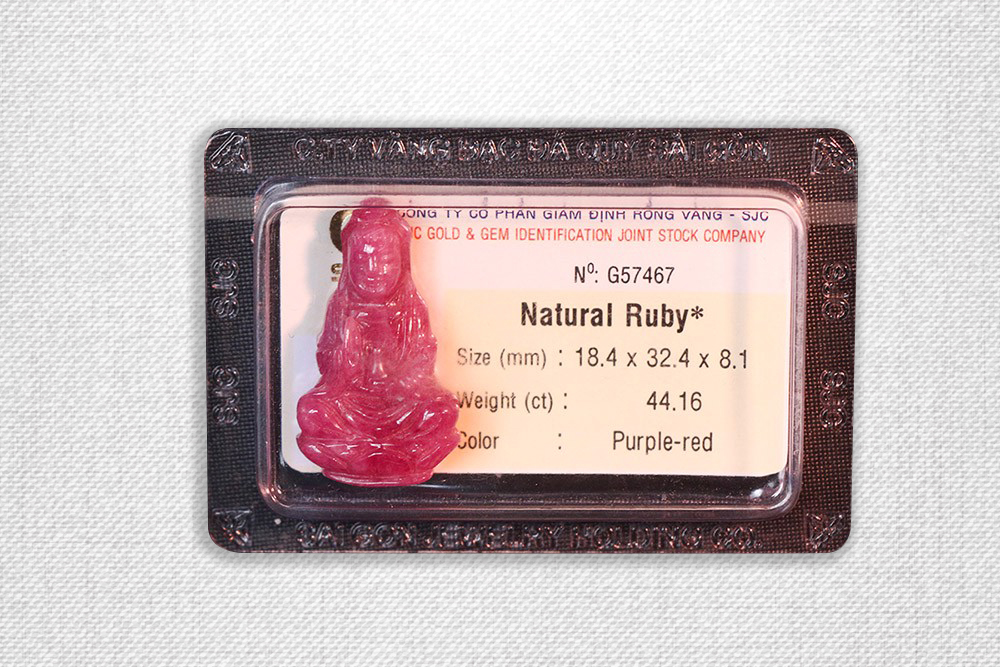
Characteristics for Authenticity
Color and Hue
The color and hue of a ruby play a crucial role in determining its authenticity. Fine-quality rubies exhibit a deep, intense red color, often referred to as “pigeon blood red.” Rubies with a slight purplish or brownish hue may be less valuable. It is important to assess the color characteristics and compare them to known standards to ensure the authenticity of a ruby.
Fluorescence and Asterism
Fluorescence and asterism are additional characteristics that can help authenticate a ruby. Under ultraviolet light, genuine rubies often exhibit a red fluorescence. Asterism, also known as the “star effect,” may be present in some rubies, creating a distinct star-shaped pattern when illuminated. These characteristics, along with others, can be examined by a trained gemologist to confirm the authenticity of a ruby.
Inclusions and Clarity
Inclusions, or internal characteristics, are natural elements within a ruby that can aid in determining its authenticity. While rubies are expected to have some inclusions, the presence of specific types of inclusions, such as silk or fingerprint-like patterns, can indicate natural formation. Clarity is another factor to consider, as natural rubies may have varying degrees of clarity based on their origin and the presence of inclusions.
Explore where to buy rubies in Singapore!
Certification of authenticity
Obtaining a certificate of authenticity from a reputable gemological laboratory is highly recommended when purchasing a ruby. The certification provides documented proof of a ruby’s authenticity, origin, and any treatments or enhancements it may have undergone. A certified ruby gives buyers confidence in their purchase and ensures transparency in the gemstone trade.
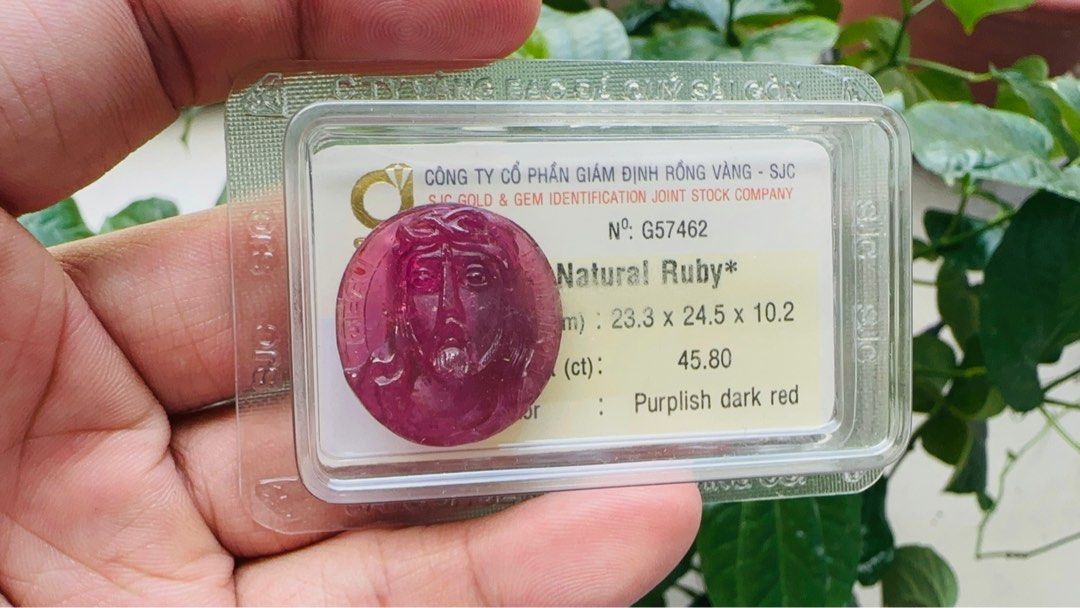
Synthetic Rubies
Methods of creating synthetic rubies
Synthetic rubies are created through various methods, including the Verneuil process and the flux method. The Verneuil process involves melting powdered aluminum oxide and allowing it to crystallize into a synthetic ruby. The flux method utilizes a high-temperature solution to grow ruby crystals from a seed. These synthetic rubies have the same chemical composition and crystal structure as natural rubies but lack the rarity and value associated with their natural counterparts.
Challenges in identifying synthetic rubies
Identifying synthetic rubies can be challenging without the expertise and equipment required for gemological analysis. Synthetic rubies often display certain characteristics that can aid in their identification, such as curved growth lines and gas bubbles trapped during the growth process. However, advanced techniques, such as spectroscopic analysis and microscopic inspections, are necessary to conclusively determine whether a ruby is natural or synthetic.
Expertise needed for identification
Due to the complexity of identifying synthetic rubies, it is essential to consult with a certified gemologist or gemological laboratory when assessing the authenticity of a ruby. These professionals have the expertise and necessary equipment to conduct thorough examinations and provide accurate determinations. Seeking expert advice ensures that buyers can make informed decisions and avoid purchasing synthetic rubies unknowingly.
Heat Treatment of Rubies
Improving clarity and color
Heat treatment is a common practice in the ruby industry to enhance the clarity and color of gemstones. The process involves heating the ruby to high temperatures (up to 1800 degrees Celsius) to dissolve certain particles and remove impurities. This treatment can significantly improve the transparency and overall appearance of a ruby, making it more visually appealing to buyers.
Common heat treatment techniques
There are several heat treatment techniques used to enhance rubies. The most common method involves heating the ruby in the presence of a controlled oxidizing environment, such as a furnace or a crucible. This process allows the heat to penetrate the stone and interact with any impurities, resulting in the desired improvements in clarity and color. Different variations of this technique may be employed depending on the desired outcome and the specific characteristics of the ruby.
Evaluating the impact on value
Heat treatment can affect the value of a ruby, depending on various factors such as the extent of treatment and the desirability of the resulting color. While heat-treated rubies are generally more affordable compared to unheated ones, the quality of the ruby’s color enhancement may influence its value. It is essential to consider the overall appearance, color, and transparency of a heat-treated ruby when assessing its value.
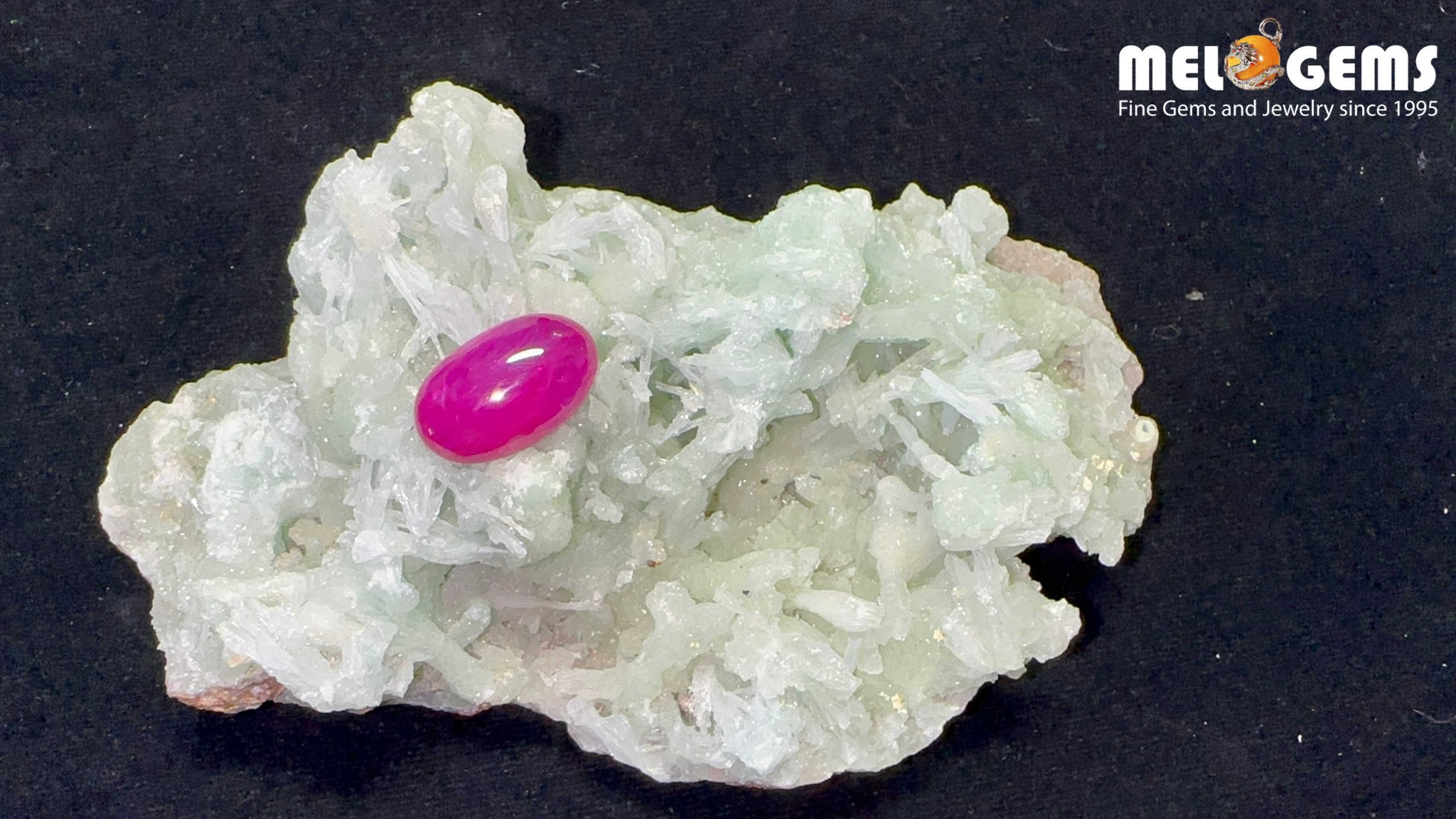
Prices and Value
Record prices for fine-quality rubies
Fine-quality rubies are some of the most expensive gemstones in the world, with record prices exceeding $1,000,000 per carat. These exceptional rubies possess remarkable color, clarity, and size, making them highly sought-after by collectors and connoisseurs. The rarity and scarcity of such high-quality rubies contribute to their premium prices in the market.
Factors influencing high prices
Several factors contribute to the high prices of rubies. The quality and origin of the ruby play a significant role, with rubies from esteemed sources commanding higher prices. The color, clarity, and size of the stone are crucial determinants of its value. Additionally, rubies with no or minimal heat treatment are generally more valuable due to their natural characteristics.
Price range for different qualities
Ruby prices can vary significantly depending on their quality and characteristics. Rubies with exceptional color, clarity, and origin can fetch prices exceeding tens of thousands of dollars per carat. On the other hand, rubies with lower quality, such as those with visible inclusions or less desirable hues, may be more affordable, ranging from a few hundred to a few thousand dollars per carat. It is important to consider these factors when determining the value of a ruby.
Rubies have captivated humanity for centuries with their vibrant color, exceptional durability, and historical significance. Origin and certification are vital considerations when dealing with rubies, with Burma rubies being particularly sought-after. The price of rubies is influenced by various factors such as size, color, origin, and treatment. Heat-treated rubies offer affordability without compromising beauty, while ruby carvings showcase the talent of craftsmen. Rubies hold a rich cultural and historical symbolism, often associated with wealth and power. Ensuring the authenticity of a ruby through its color, fluorescence, and inclusions is crucial. Synthetic rubies present a challenge in identification, requiring professional expertise. Heat treatment enhances rubies’ color and clarity, impacting their value. Prices for rubies can range from affordable to record-breaking, with quality being a significant determining factor. Rubies continue to fascinate and enchant, standing as precious gemstones of unparalleled beauty and allure.

